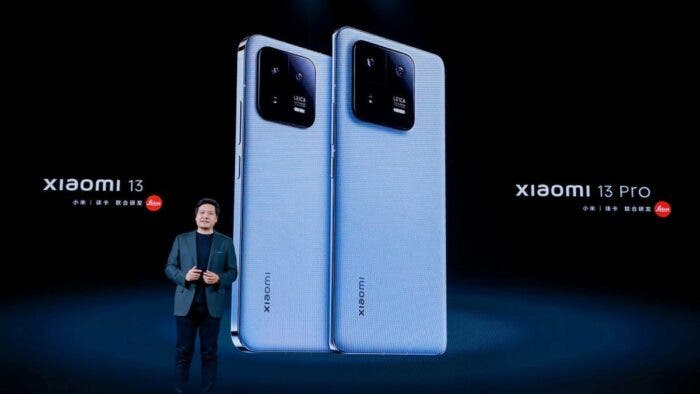Chinese manufacturing giant, Xiaomi, recently released its latest flagship mobile phone. Two days ago, the company launched the Xiaomi 13 Ultra which brings a long list of flagship features. Before the launch of this new model, the company had in December last year launched the Xiaomi 13 and Xiaomi 13 Pro. Thus, there are now three models in the Xiaomi 13 series. Since the Xiaomi Mi 10, the company started a product strategy with three digital flagship models. In terms of price, these devices cover between the 4,000 yuan ($582) to 7,000 yuan ($1018) price range. This means that the company use its digital series to cover the top mid-range class as well as the flagship class. So, what do these three models offer? How would you choose if you are to pick a model? Let’s take a look at the details of these devices
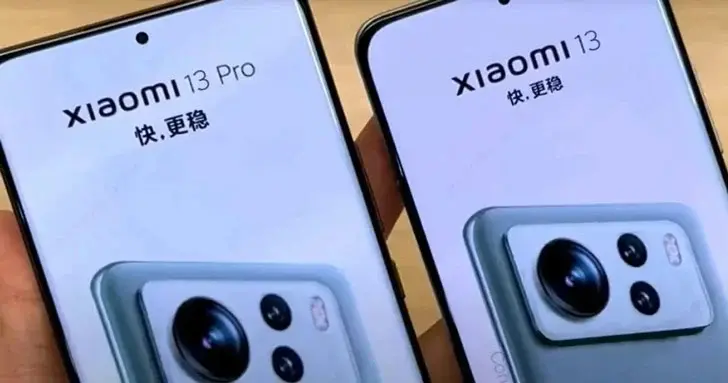
Before we take a look at the details, let’s briefly discuss what the three models have in common. All models in this series use the Snapdragon 8 Gen 2 SoC + LPDDR5X + UFS4.0 combination. The Xiaomi 13 series models also support IP68. This is about the similarities that cut across the three models. The gap between them is still very large.
Xiaomi 13 series: a decent flagship series
Xiaomi 13
The Xiaomi 13 is a unique “flagship” device with a small screen and a straight panel with four equal edges. This device is unique because not many devices use its design – large screen but compact size. The current trend in mobile phone development is to make them heavier and bigger but this device goes against the trend. At the moment not many mobile phone brands launch small devices. Due to the need for larger displays, most brands now make their phones bigger. Although the Xiaomi 13 has a 6.7-inch display, its body size is only equivalent to a 6.0-inch device. Many thanks to its ultra-thin display bezels.
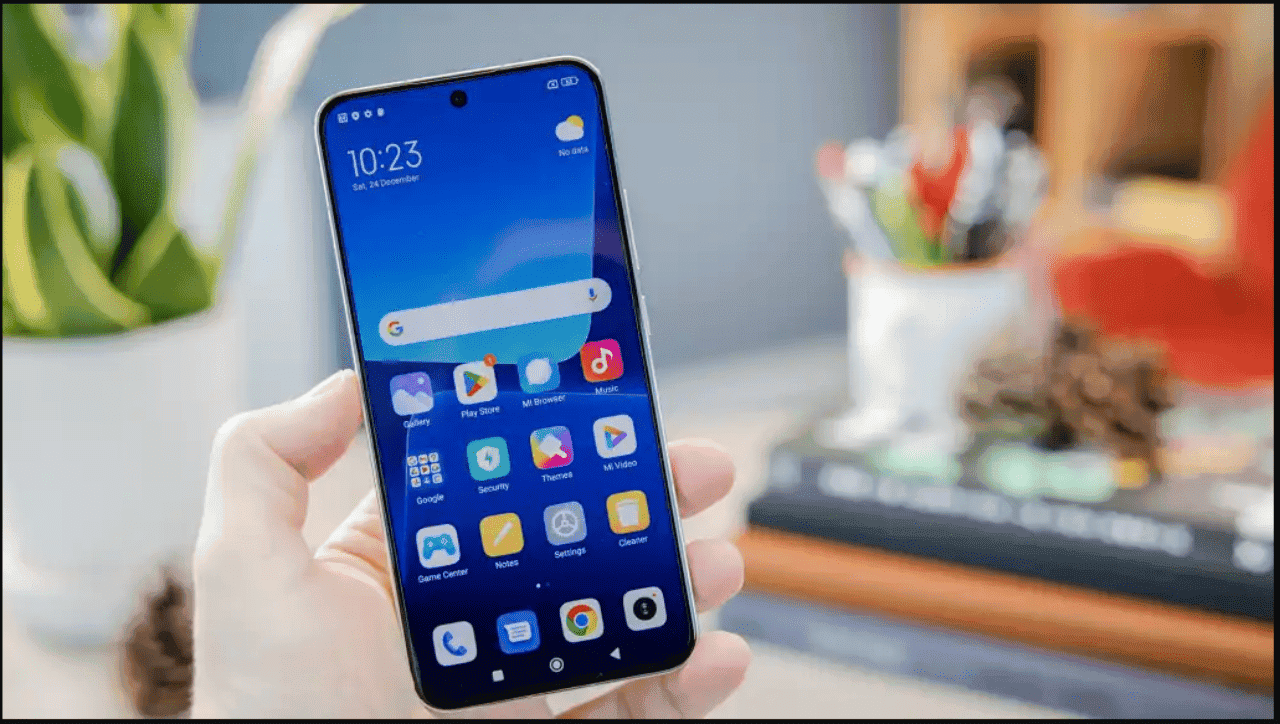
Although the body of Xiaomi 13 is small, the configuration still reaches the flagship level. The camera has a consistent focal length, the sliding zoom is sleek, the preview is excellent and the image capture speed is much better. Multi-camera brings more focal lengths to mobile phones, but at present, many mobile phones have different shooting colours at different focal lengths. This needs the company to spend a lot of time working on the sensor. The animation transition of the sliding zoom of Xiaomi 13 is very smooth. Even if you slide back and forth quickly, it still remains smooth. This is completely impossible for previous Xiaomi phones.
Xiaomi 13 is better than the iPhone
According to the data at the Xiaomi 13 press conference, Xiaomi is better than the iPhone. Judging from the real user experience of this month, the battery life of Xiaomi 13 is really good. In many tests of the battery and even gaming, the Xiaomi 13 actually beats the iPhone 14. This achievement is very rare for an Android flagship with only a 4500 mAh battery. Most of the credit is due to the 2nd Gen Snapdragon 8 chip, as well as the joint optimization of Samsung E6, LPDDR5X, UFS 4.0 and MIUI 14. The small screen of the Xiaomi 13 feels good and it does not sacrifice important specs for size.
Xiaomi 13 Pro
The Xiaomi 13 Pro has a 6.73-inch 2K ultra-dynamic screen with a resolution of 3200 x 1440 and a step-less variable refresh rate of 120Hz. This device also uses new luminous materials, supports a full-screen brightness of 1200nit, a peak brightness of 1900nit. In addition, it comes with support for Dolby Vision, HDR10, HDR10+, and HLG, and front and rear dual screens. It detects ambient colour temperature, is photosensitive, and dims at 1920 hertz.
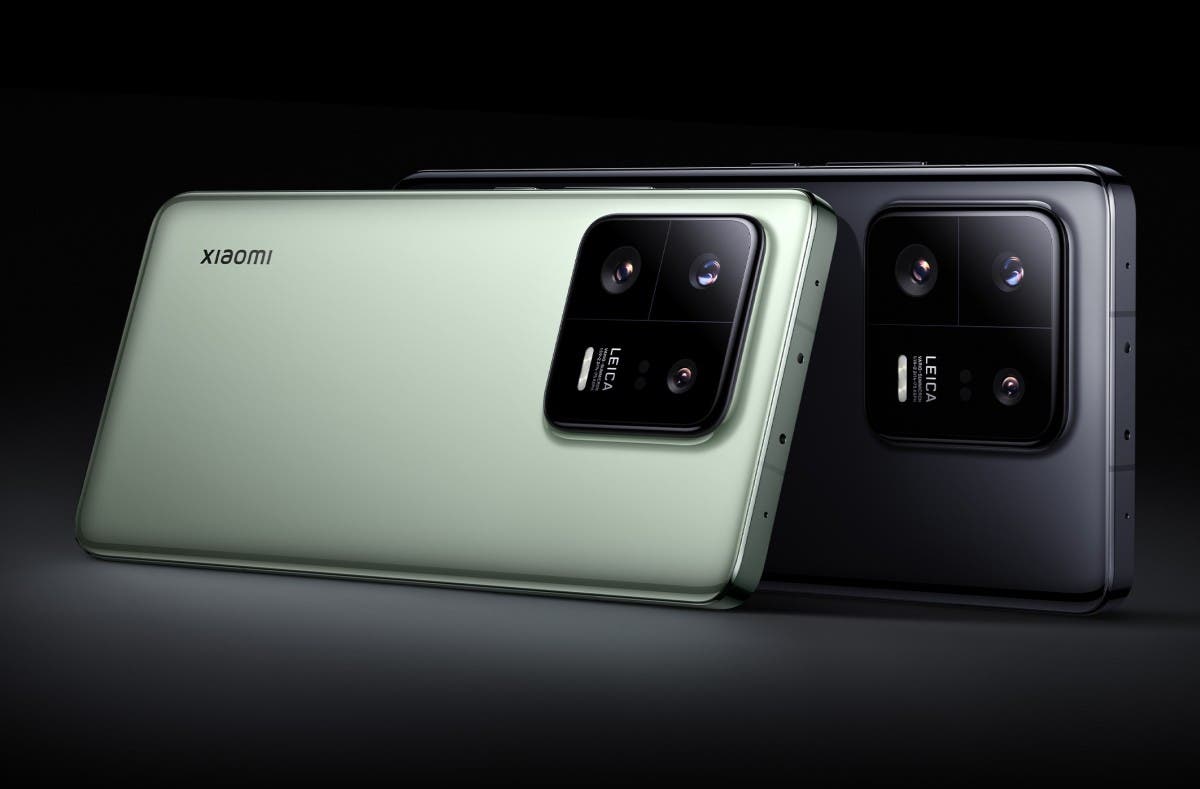
One of the main selling points of the Xiaomi 13 Pro is its camera department. The Xiaomi 13 Pro camera setup is quite potent. This device uses a Leica 50MP super wide-angle lens at 14mm f/2.2 with support for super macro. It also supports a 23mm f/1.9 Leica 1 inch IMX989 50MP primary camera with single 1.6um/fusion 3.2um pixels, 8P aspheric lens, professional anti-glare coating, edge ink, and HyperOIS super optical image stabilisation. Furthermore, there is a 50MP 75mm f/2.0 Leica floating telephoto sensor that supports a 10cm extreme close-up and OIS floating focus.
The Xiaomi 13 Pro also uses 120W fast charging and has a battery capacity of 4820mAh. This makes it the model in the entire series with the fastest charging capacity.
Xiaomi 13 Ultra
The 6.7-inch reference-level professional screen on the front of the Xiaomi 13 Ultra is jointly developed by Xiaomi and China Star Optoelectronics. This huge flagship display has a resolution of 3200 x 1440 and a pixel density of 522ppi. The screen also supports a refresh rate of 120Hz and is at the TOP level of Chinese screens. Its screen peak brightness is also the highest of the models that are currently available.
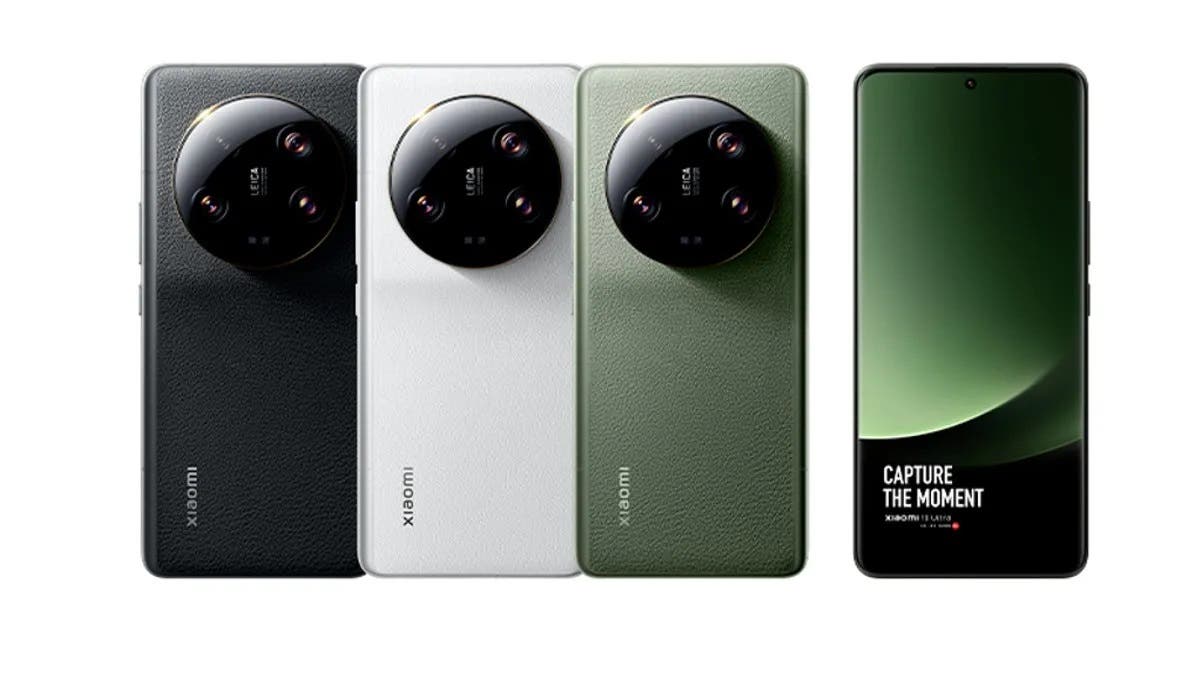
The Mi 13 Ultra’s level in terms of imaging is obvious. It makes use of a 1 IMX989 + 3 IMX858 combo that can accommodate different focal lengths. Additionally, it has a controllable variable aperture on the one-inch primary camera.
Conclusion
Mi 13
If you want a straight-screen mobile phone with a small screen that still retains all its flagship specs, then choose the Mi 13
Mi 13 Pro
If you want 120W fast charging, a ceramic body, and a one-inch outsole main camera, choose Mi 13 Pro.
Mi 13 Ultra
If you care so much about the screen performance of the mobile phone and also want a professional-grade video, then the Mi 13 Ultra will be your best bet.
Which of these devices will you choose? Let us know your option in the comment section below

